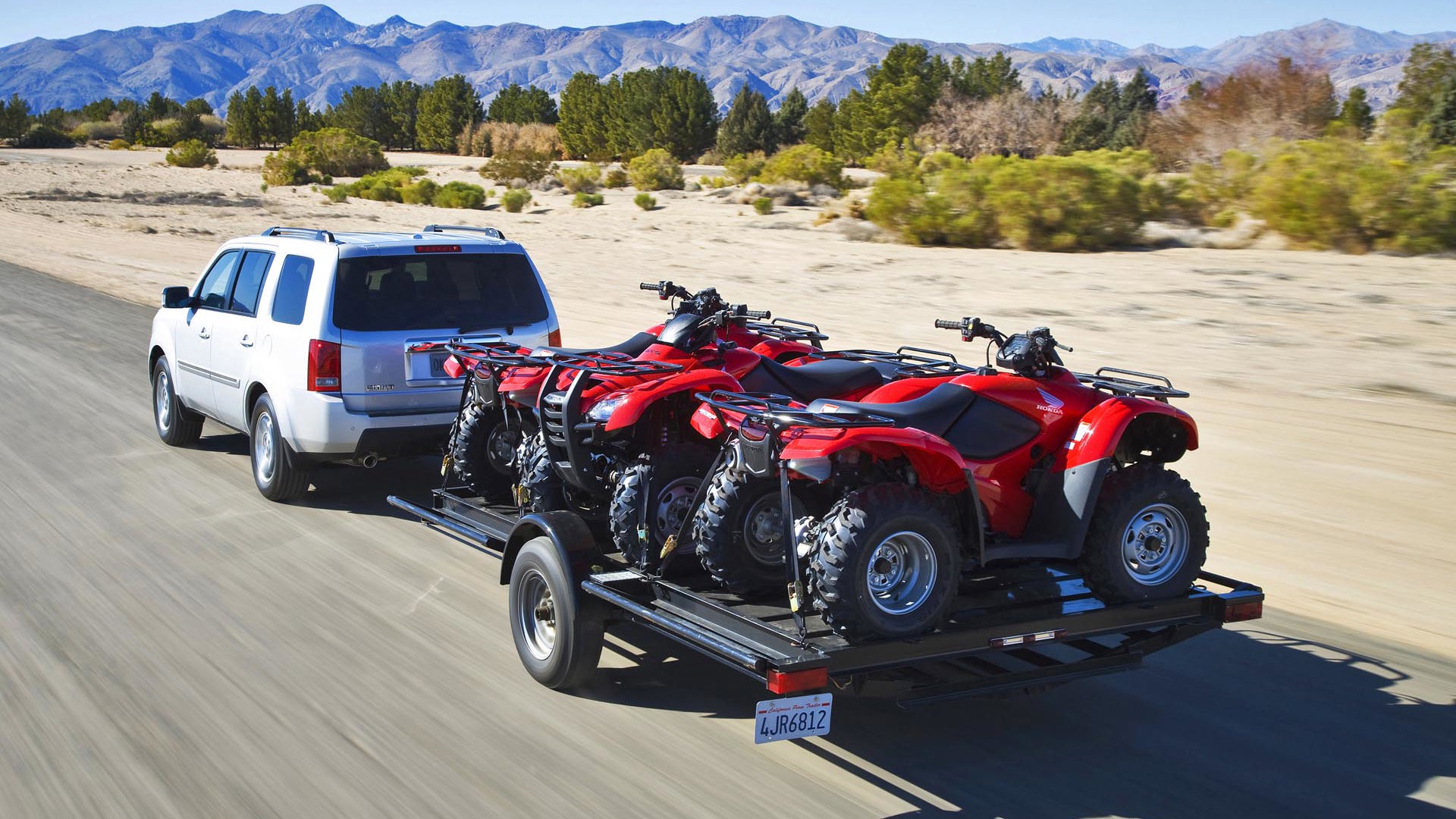
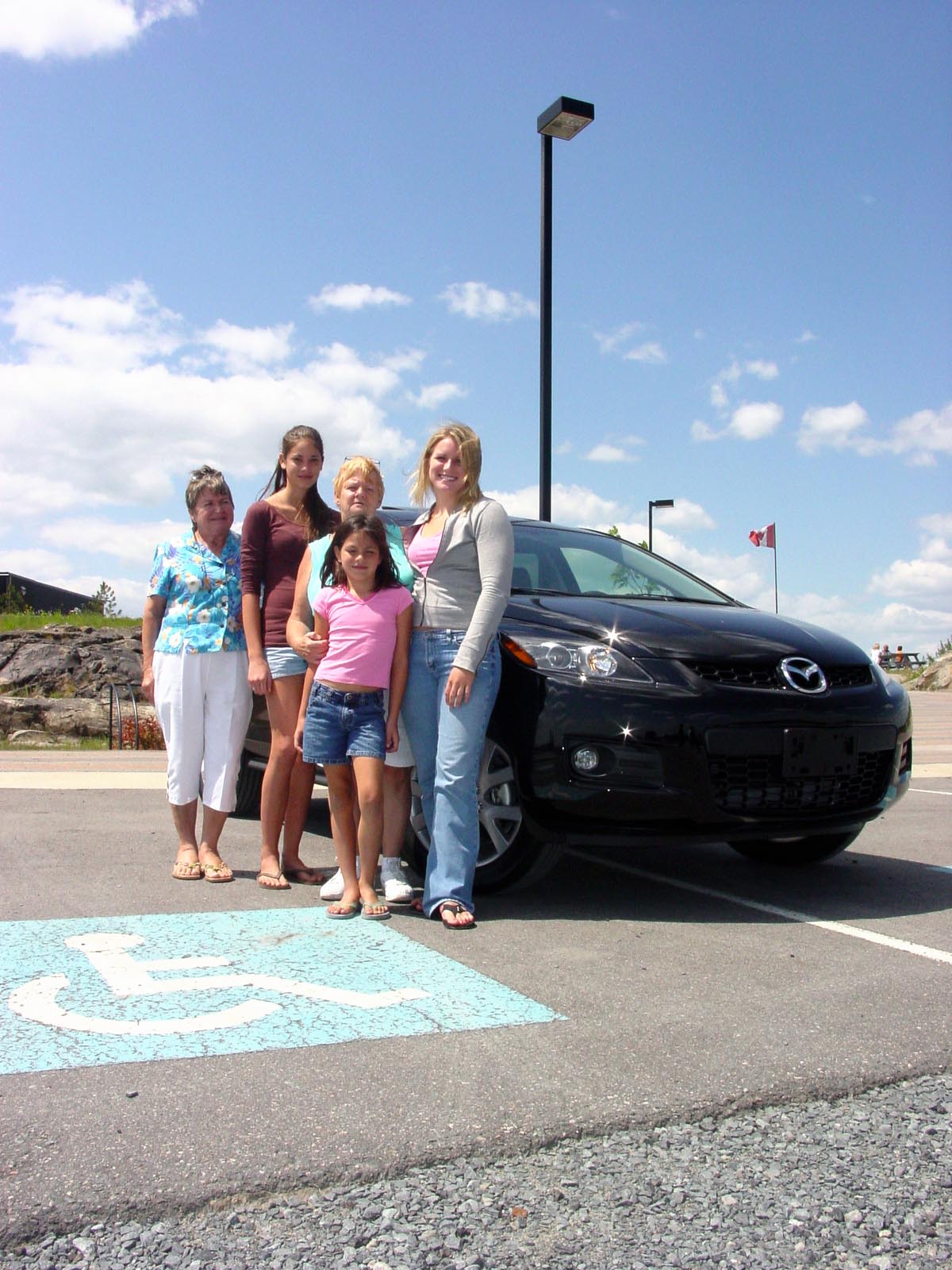 A vehicle is a machine—and, like any machine, your car, truck or wagon is built from countless parts that can break, malfunction or fail. If something goes wrong with your vehicle, whether it’s a flat tire, an overheating engine or an accident, it can leave you and yours in danger, discomfort and at risk of losing out on your summer travel plans. And, sometimes, all the pre-trip preparation and maintenance in the world isn’t enough to prevent serious issues on the go.
A vehicle is a machine—and, like any machine, your car, truck or wagon is built from countless parts that can break, malfunction or fail. If something goes wrong with your vehicle, whether it’s a flat tire, an overheating engine or an accident, it can leave you and yours in danger, discomfort and at risk of losing out on your summer travel plans. And, sometimes, all the pre-trip preparation and maintenance in the world isn’t enough to prevent serious issues on the go.
Are you prepared for setbacks at the wheel? Here’s a look at a few notes and tips to keep in mind if something goes really wrong on the road this summer.
How to Handle a Flat Tire
Pfffffffft! Hisssssssssssssssss... Crap. There goes your tire. You’ve just ran over a chunk of metal debris on the road, or blown the sidewall out on a pothole. Of course, the weight of the fully loaded vehicle didn’t help, and now, your tire looks like a giant rubber pancake, and you aren’t going anywhere.
Ideally, you’ve checked the spare tire for inflation and overall condition ahead of your trip, and ensured your jacking kit is intact and in good working order. If not, get off of the road, and call a tow-truck.
First step? Get your ride off of the road, as far as you can. Your tire is ruined, and your wheel might be taking damage as well, but hopefully, the flat tire is still surrounding it, offering some protection from grinding up against the road’s surface. If you’re flat, priority one is getting the vehicle off of the road, safely, and away from traffic, so your family is safe, and so you can safely change the tire.
Once pulled off, set up any road flares or signage you’ve kept in your emergency kit, advising other motorists that there’s a potential hazard up the road, and hopefully, slowing down traffic.
Decouple your trailer if you’re hauling one, and get the vehicle out from under the trailer’s tongue. You’re trying to get weight off of the vehicle, to make it easier and safer to jack it up. Then, lift the vehicle and install the spare tire according to the instructions in your owner’s manual. Note that towing a trailer with a spare tire installed may not be possible, so check with your owner’s manual.
If Your Engine is Overheating
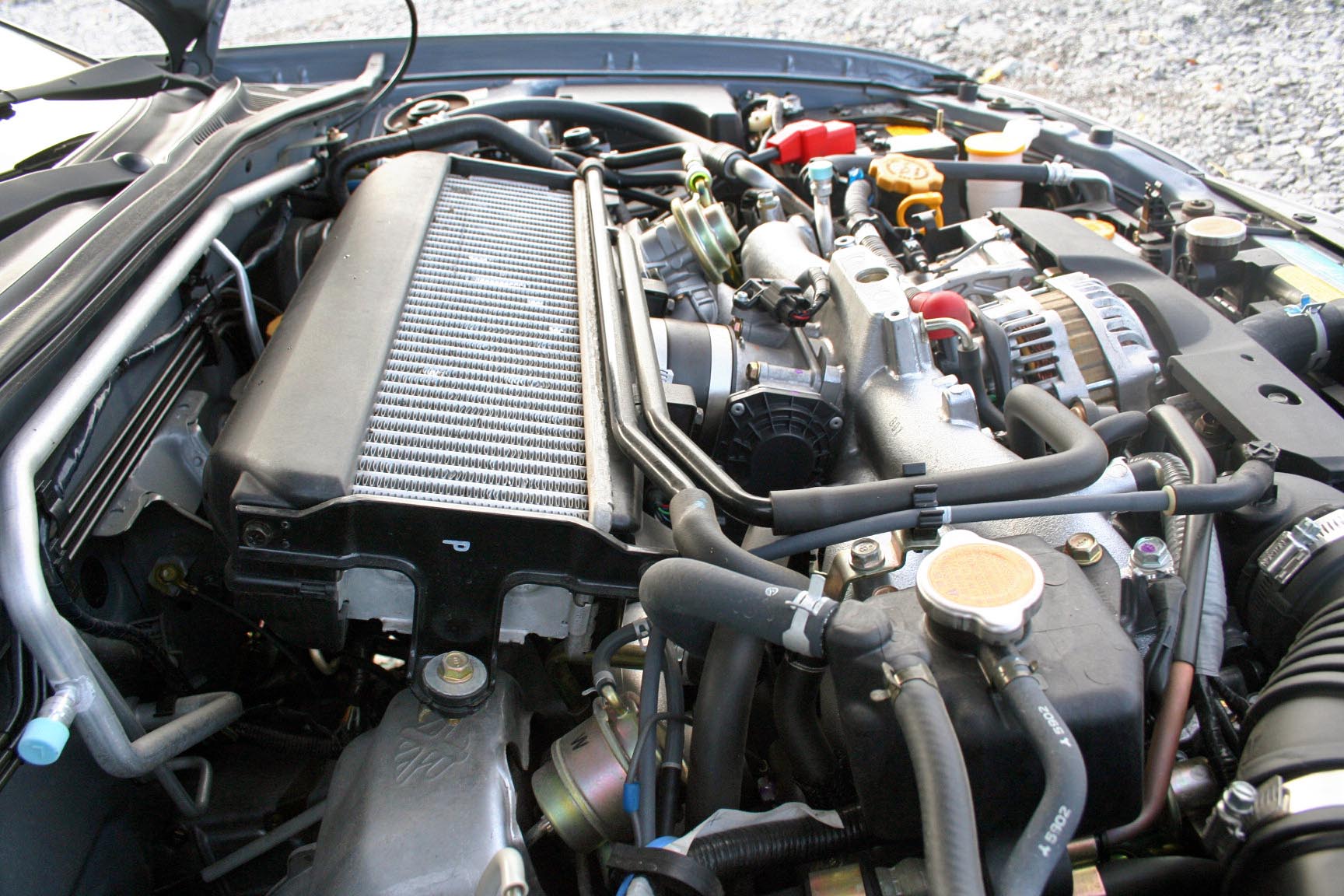
A warning light has appeared on your instrument cluster, and your temperature gauge is in the red. Your engine is overheating. Hauling that trailer and your entire family over hilly terrain on a hot day hasn’t helped the situation, and with the onset of engine overheating, you’ve likely got precious seconds available to prevent serious engine damage.
The overheating light isn’t a suggestion that you deal with the problem next time you’re in the shop—you’ve got a serious problem, right now. First, plan a safe way to get off of the road as quickly as you can, and pull over. Once your escape path is chosen, you may wish to turn your vehicle’s heat on, full blast, as this can help in keeping the engine from getting any hotter.
Once pulled over, shut the engine down and check your owner’s manual for further instructions. Remember that opening a radiator cap to check coolant levels can release pressurized hot liquid, so be careful and wait until things have cooled down before removing the cap. You’re not going anywhere for a while, so there’s no rush.
You may be able to add water to top the system up temporarily, until you get to a mechanic for a full assessment. Other factors may be at play though, so if the fluid level is full, or if topping up with a few bottles of water fails to prevent subsequent overheating, your best course of action is to have the vehicle towed to a service centre.
The overheating situation is a great reason to have your cooling system inspected, flushed and topped up by your favorite mechanic before heading out on a trip.
In the Event of an Accident
Perhaps you’ve just hit an animal and had an airbag deployment, had your windshield shattered by a flying piece of debris, or have had a collision with another car. Your vehicle is still drivable, though damaged badly.
Frequent mirror checks and looking around are vital to situational awareness, and for giving drivers a better sense of how to exit the highway safely, and in a hurry, in situations like this—provided it’s safe to do so. Priority number one should be to make yourself visible—brake and activate your hazard lights, even before exiting the roadway. If you’re able to see and safely pull to the shoulder, do so as quickly as possible.
Personal injury lawyer Noah Shapiro explains that “If you cannot see where you are going, your ability to control your vehicle is seriously compromised. The safest thing to do if you are in control of your vehicle that has compromised outward visibility is to come to a complete stop. Once you’re stopped safely, take a moment and look around you. Ensure that any other occupants of your vehicle, or other vehicles involved (if any), are safe, and seek medical attention if necessary. Ensure that you are visible to those around you, be they fellow motorists or pedestrians, by activating your hazard lights. You may also sound your vehicle’s horn for audible alert.”
If your outward vision is obstructed, from a legal standpoint, you’re typically best to come to a full stop, where you are—rather than feeling your way to the side of the road. Shapiro further explains that, “Even in the case of an emergency, your actions can still result in your being found personally liable for any damage or injury caused others around you or their property. That means that if you try to ‘feel’ for the side of the roadway, but overdo it and hit a parked car, a fence, a cyclist or a pedestrian, you could be found liable and may cause further injury to yourself.”
To prevent further injury, it is always a good idea to call for medical, even if you feel fine. Many injuries may not exhibit themselves or their extent until a later time. This is especially true of brain and spinal cord injuries. In Ontario, at least, you have a responsibility to report any collision (be it with another vehicle, or any other object) when there is any injury to a person, or if there is damage to the vehicles involved estimated to be in excess of $1,000. When in doubt, always dial 9-1-1.
If your vehicle remains in the drivable section of the roadway, and you are able to exit your vehicle, you should do so. Do not try to move your vehicle, and in no circumstances should you attempt to push your vehicle, either. Your safety and the safety of those around you should be of paramount concern. Wait at the side of the road in a safe location for emergency personnel to arrive.
If the accident was a serious one, wait for first responders handle things, and forget about attempting to re-enter the car, or trying to move it. Shapiro mentions “I have a number of clients who have been struck by third party vehicles while pushing their own vehicle, or by being a good Samaritan and pushing someone else's. Their injuries are typically catastrophic in nature and recovery is never full. Remember that a vehicle’s structure is better able to protect you from injury than standing outside of one, and the side of the road is safer still.”
Your insurance policy is a contract between the named insured and the insurer. Most, if not all policies will require that an accident be reported to the insurance company within 24 hours or as soon as it is practicable to do so. If you are able to do so, take as many photographs as possible for insurance purposes.
Travel Safe in Remote Locations
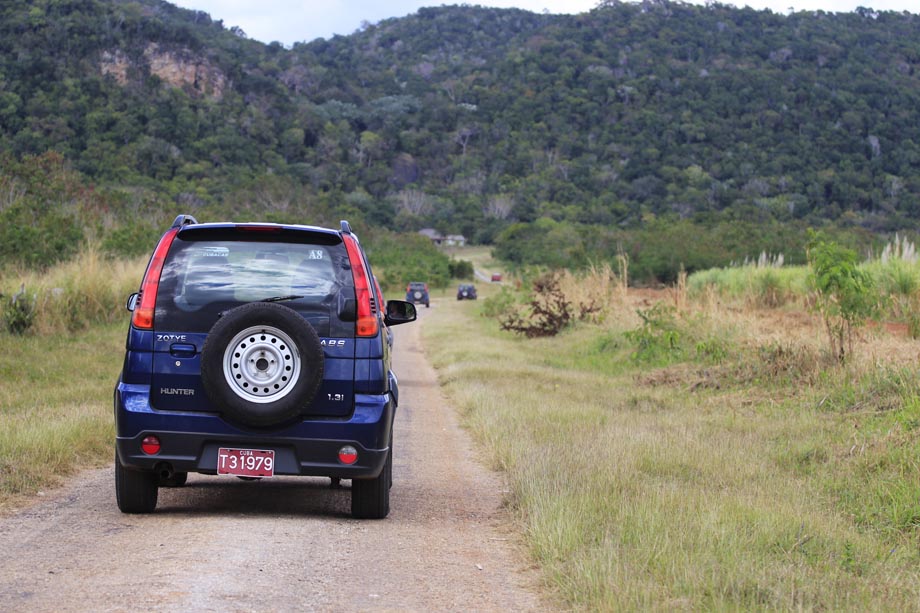
You’ve broken down or had an accident in a remote location, and your ride isn’t drivable. It’s summertime, so you probably won’t be at risk of freezing to death (but check out this article about surviving a winter night in a car), though your primary concerns include running out of food and fuel, and being stranded.
You can add plenty of confidence to family travels in remote locations with a few items that fit in a big Ziploc bag and can be left in your ride. Consider keeping a juiced cellular phone USB recharger, some snacks, some thermal blankets, candles, batteries and a flashlight, as a bare minimum, in your ride at all times. If you break down in a remote area, these items can help keep you safe. Further, in case cellular reception is patchy where you’re visiting, make a plan to check in with a relative or friend at pre-determined times, and stick to that plan. If you don’t check in, that relative or friend can get looking for you.
Should you need to run the engine to stay warm at night, let it idle for about 10 minutes every hour, which will help save fuel, and mitigates the effects of exhaust entering your cabin, if applicable.
Your Trailer Goes AWOL
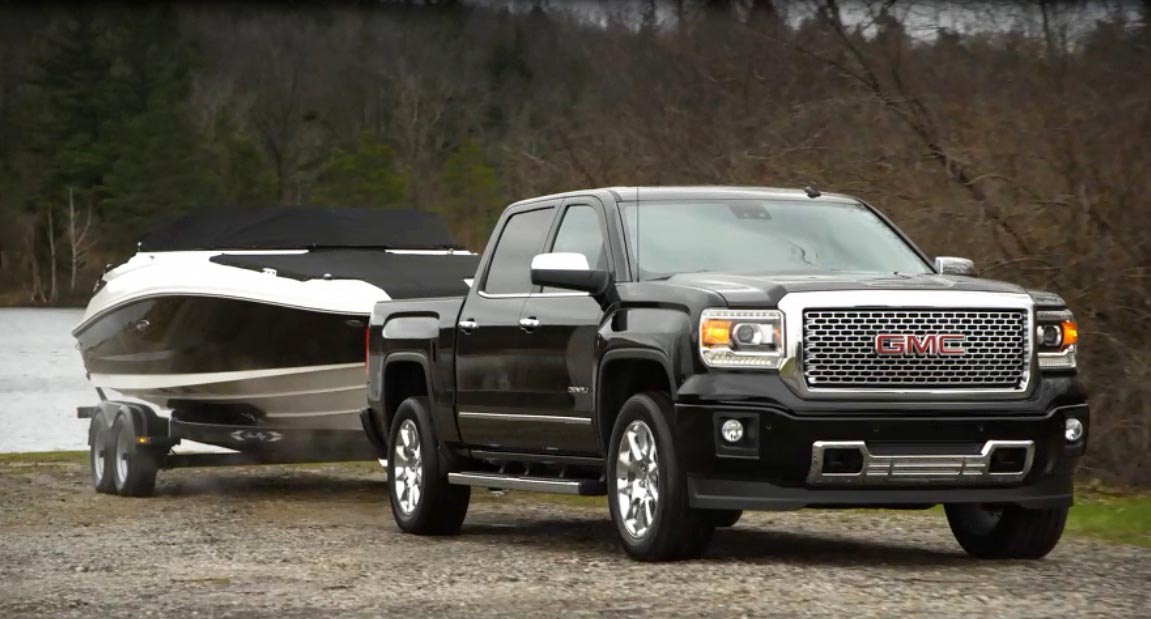
Despite your pre-trip trailer tune-up, it’s just had a catastrophic failure of the wheel hub, lost a wheel, and wrenched itself violently from your ride, breaking off your tow chains and trailer tongue in the process. Though this situation will be extremely rare for drivers towing a properly maintained trailer, it’s a serious enough issue to warrant discussion.
This is a situation with no fuzzy, positive outcome. If you’re lucky, your trailer will exit the roadway, winding up smashed down an embankment without taking out any other motorists in the process. If you’re not lucky, your errant trailer will cause a pile up and block the middle of a high-speed highway.
There’s no perfect solution to this issue, but a few tips can help minimize the chances of injury or worse to yourself, and those around you.
First, get your ride off of the road, dragging any parts of the trailer that are still attached to it. You want to get as far from the road as you can. Second, if your trailer is still on the road, call 911. This is an emergency that could injure or kill people, so you’ll need the local police force on scene to manage traffic until the trailer is removed. If you (or someone nearby) has road flares or a pop-up hazard sign, now’s the time to set it up ahead of the trailer as a warning.
Do NOT attempt to re-enter the roadway, stop traffic, or get the trailer moved, until police have stopped traffic. As our in-house legal advisor mentioned above, the risk of serious injury from being struck by another vehicle isn’t worth it.
